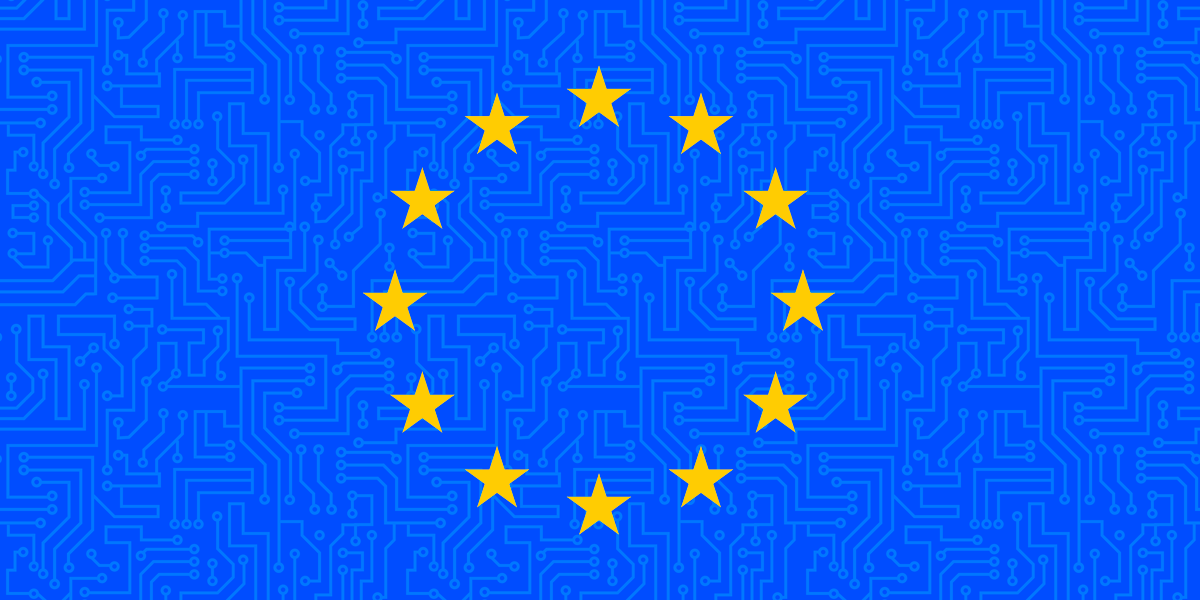After the European Commission held a public consultation on whether they should adopt what they call a “fair share” proposal, they unfortunately voted to move forward with this dangerous plan. This proposal is nothing but a network usage fees regime, which would force certain companies to pay internet service providers (ISPs) for their ability to deliver content to consumers. This idea not only hurts consumers, but also breaks a status quo that facilitated and continues to facilitate the rapid spread of the global internet.



The regulation allows for the commission to declare a successor standard, it won’t have to go through the whole legislative process again.
No. USB was on the Android side, split between Mini/Micro/C connectors on the phone side and USB-A on the brick side. There were a gazillion fast charging standards so that you still might have to replace your brick.
Apple just ignored the thing wholesale. The Android side did move towards USB-PD over USB-C as charging standard, and that’s exactly what got adopted, over Apple’s crocodile tears. Without Apple in the picture the EU likely wouldn’t even have legislated because sending emissaries with clicky pens saying “It would be a shame if someone were to force you” would’ve been enough to make companies play ball.
And the standard is solid, don’t expect a new one to even be talked about in the next 20 years.
It’s the charger side I was talking about here. Androids and iPhones both charge from a USB-A charger. Fast charging has been a crapshoot but I can still charge a phone on about any charger it just might not do a fast charge (which is bad for battery health anyway but that’s another thing )
Yea, except USB-C is an objectively better connector for both ends of the cable. And it’s not like using USB-A has been made illegal.
If any connector were to be made the standard, I think I’d generally prefer it to be the best one available, wouldn’t you?
Depends on how we define “best”. USB-C has the same weakness of micro USB of having “tongue” in the port. This is poor design and leaves ports prone to failure of this tongue gets damaged. I’ve seen this happen more than once with either from folk aggressively jamming charger cables in slightly misaligned or just wear & tear. Lightening on the other hand is a much more robust port design. The “tongue” is the cable with a hollow port. 1st party lightening cables are pure trash, which is itself a ewaste matter, but we’re talking port design.
Now every other aspect of lightening is inferior to USB 3 (important to note USB-C ≠ USB 3) , but by my needs it’s the “better” connector.
I don’t see how USB-C is objectively better at the charger end, unless we’re meaning the reversible nature at both ends which is… it’s good but it’s not “wow” (and neither is it “wow” with lightening).
I’m happy to be proven wrong, and I’m not going to get pissy if in 3-4 years my next phone is an iPhone with USB-C, it’s just the merits seem over-egged and I’d wager for the average, non-technical, user the benefits are minimal and potentially cause some minor confusions.